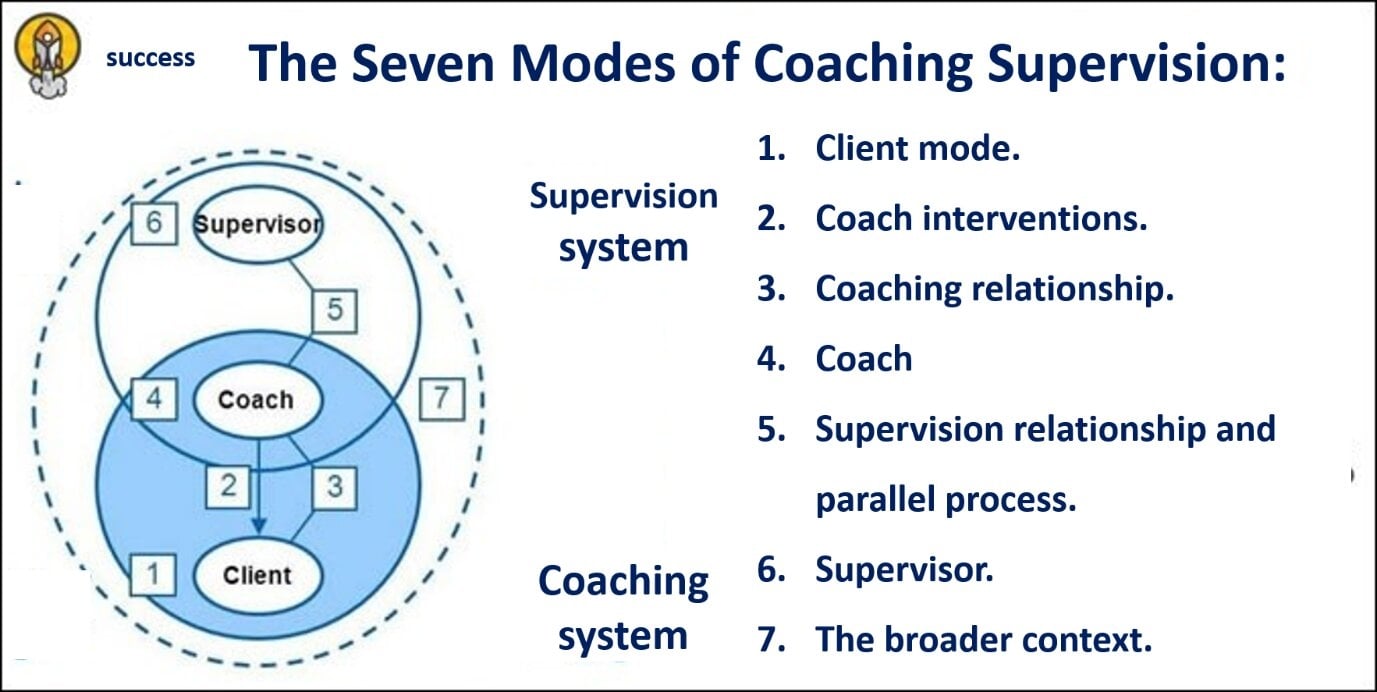Coaching and mentoring manager Judith Barton points out that supervision often sees ups and downs. What prompted you to supervise, for example:
- Feelings: The session did not go as expected.
- Emotions: Are you afraid of moving from empathy to compassion?
- Feedback: Have you received feedback that you need to explore in order to improve your business?
The tide, on the other hand, is when we realize the benefit of supervision. It brings a reflection that restores energy and vitality to the coach.
How to Prepare for the Coaching Supervision Session?
You know that supervision is about supporting you as a coach, so what are the fields in which you need support:
- What is happening in your business?
- When do you feel more comfortable?
- When you feel less comfortable, what do you notice? And what impact does that have on your coaching session?
- When is your energy dwindling in the coaching session?
- When do you feel challenged in the session?
- What impact did the feedback from your clients have on you?
- During coaching sessions, how well do you know your internal supervisor?
- What was the most difficult ethical dilemma you faced as a coach?
It is clear from the above that preparing for a coaching supervision session includes an extensive and comprehensive self-review that requires honesty and the ability to accept criticism.
It is also clear that given the required sensitivity and empathy, contracting must be carefully considered as an essential component of a successful outcome for both the supervisor and the coach.
The following model is called the 7 Eyed Model of Coaching Supervision and was developed by Peter Hawkins and Robin Shohet.
The image illustrates the multiple layers involved in coaching supervision. Coaching supervision is not about refining the competencies of the individual, but rather it is about applying coaching competencies to help coach think, make coaching successful for both coach and client, and use this understanding to develop as a coach and this is related to the developmental aspect of supervision.

The Seven Modes of Coaching Supervision:
Coaching system:
- Client mode.
- Coach interventions.
- Coaching relationship.
- Coach.
Supervision system:
- Supervision relationship and parallel process.
- Supervisor.
- The broader context.
The thing to remember when conducting a coaching session can be summed up succinctly in this quote from writer Mark Twain: “Continuous improvement is better than late perfection.”



Add comment